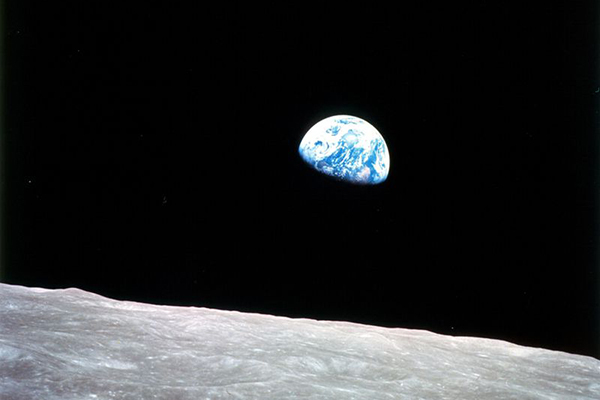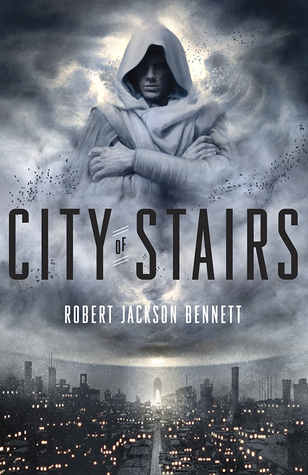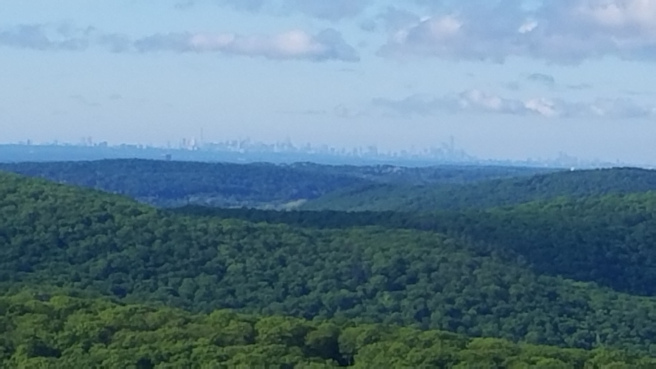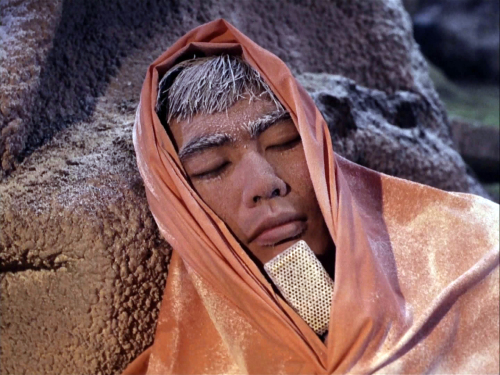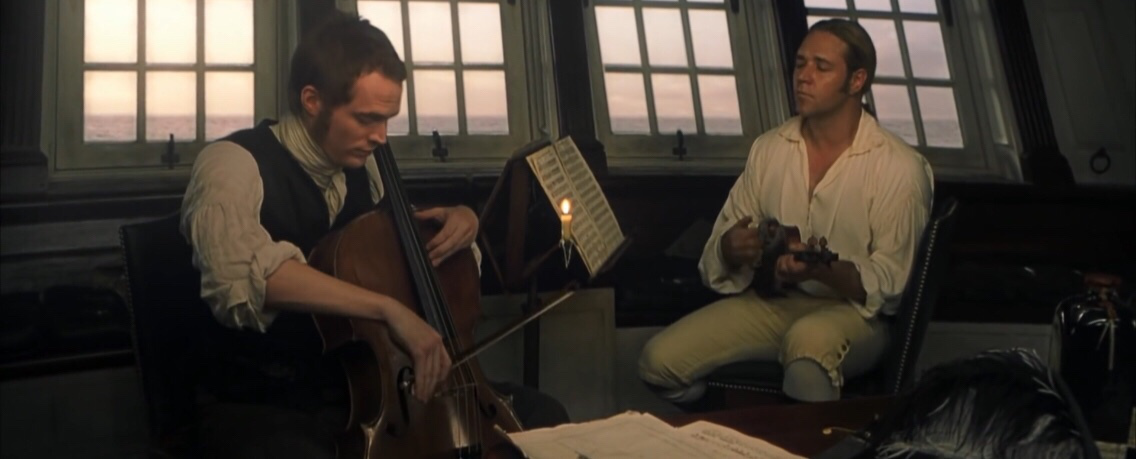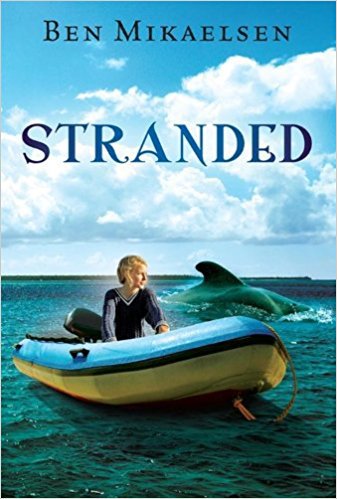Time is fast running out.
Life on Earth has reached a critical point as a direct result of expanding human populations, the race for economic development, and environmental changes caused by global warming.
Research by the International Union for Conservation of Nature looked at 91,523 biological species, of which 25,821 are threatened, 866 are already extinct, and 69 extinct in the wild. Of those threatened, 11,783 species are vulnerable, 8,455 are endangered and 5,583 critically endangered.
Ominously, the report also noted that crops are threatened. Three species of wild rice, two of wild wheat and 17 types of wild yam have been impacted by deforestation, urban expansion, and under the pressure of intensive agriculture. Large swathes of the plant and animal species that underlie our food supply – known as agrobiodiversity – are in danger and the issue is getting little attention outside scientific circles.
In “Ice will return but extinctions can’t be reversed. We must act now” (The Guardian, 28 December 2017), Mark Urban writes:
“As more and more species are threatened, we risk losing Earth’s greatest resource: the library of natural selection. By encoding millions of years of the answers to nature’s travails, biodiversity gives us the drugs in our medicine cabinet, the tools in our intellectual workshop, and solutions to the world’s present and future problems. We are burning the greatest books on Earth before we have read them.”
The article proposes four vital courses of action:
- First, the US must recommit to the Paris climate agreement and keep the Earth from heating beyond 2C. Above this limit, extinction risks accelerate even faster.
- Second, we need the equivalent of a biological Manhattan Project for predicting and preserving biodiversity.
- Third, we need to harness the computing horsepower of the software industry to create next-generation forecasts of species’ responses to climate change.
- Fourth, we need to design robust management strategies to protect the most species possible.
These tasks are urgent, but they rely on the kind of consensus and sustained action that is conspicuous by its absence in a world built on the accumulation of wealth by the very few (in 2017 the world’s 500 richest people increased their wealth by $1 trillion), on unbridled consumption by the non-poor (who for decades to come need to conserve, reduce, reuse, and recycle), and on the obscenity of more than a billion people living in extreme poverty (officially defined as living on less than $1.90 per person per day, but informally defined as lacking the opportunity to make meaningful choices that will improve their lives).
Uncontrolled capitalism and rampant consumerism coupled with contempt for the planet we live on. Unfortunately, as science writer David Quammen pointed out in his wonderful The Song of the Dodo (1996), there is no simple way out of the mess human beings have created:
“If a solution exists to this complicated set of problems – landscape fragmentation, insularization of species, small-population jeopardies, extinction, ecosystem decay – that solution can’t be sketched on a thumbnail. Certain mitigating measures offer some promise of helping us avert the future we are presently headed toward, which is a future of soul-withering biological loneliness. But to do justice to the range of those measures, in their scientific and political complexity, would take another book.”
Over the last half-billion years, life on Earth has been nearly wiped out five times by climate change, major volcanic eruptions, and an asteroid that struck 66 million years ago, obliterating dinosaurs and other species. These are known as the Big Five mass extinctions and there are signs that we are on the slippery slope of a sixth.
People are intelligent enough to come up with solutions. But intransigence – compounded by selfishness, corporate greed, and political dithering – blocks retarding or even reversing the ecosystem decay and loss of biodiversity that will inevitably lead to a mass extinction event in which three-quarters of all remaining species could disappear.
Will human beings themselves survive? If they do, what kind of a world will they be living in? Not just one of “soul-withering biological loneliness”, but one less beautiful, less astonishing, less colourfully multitudinous.
